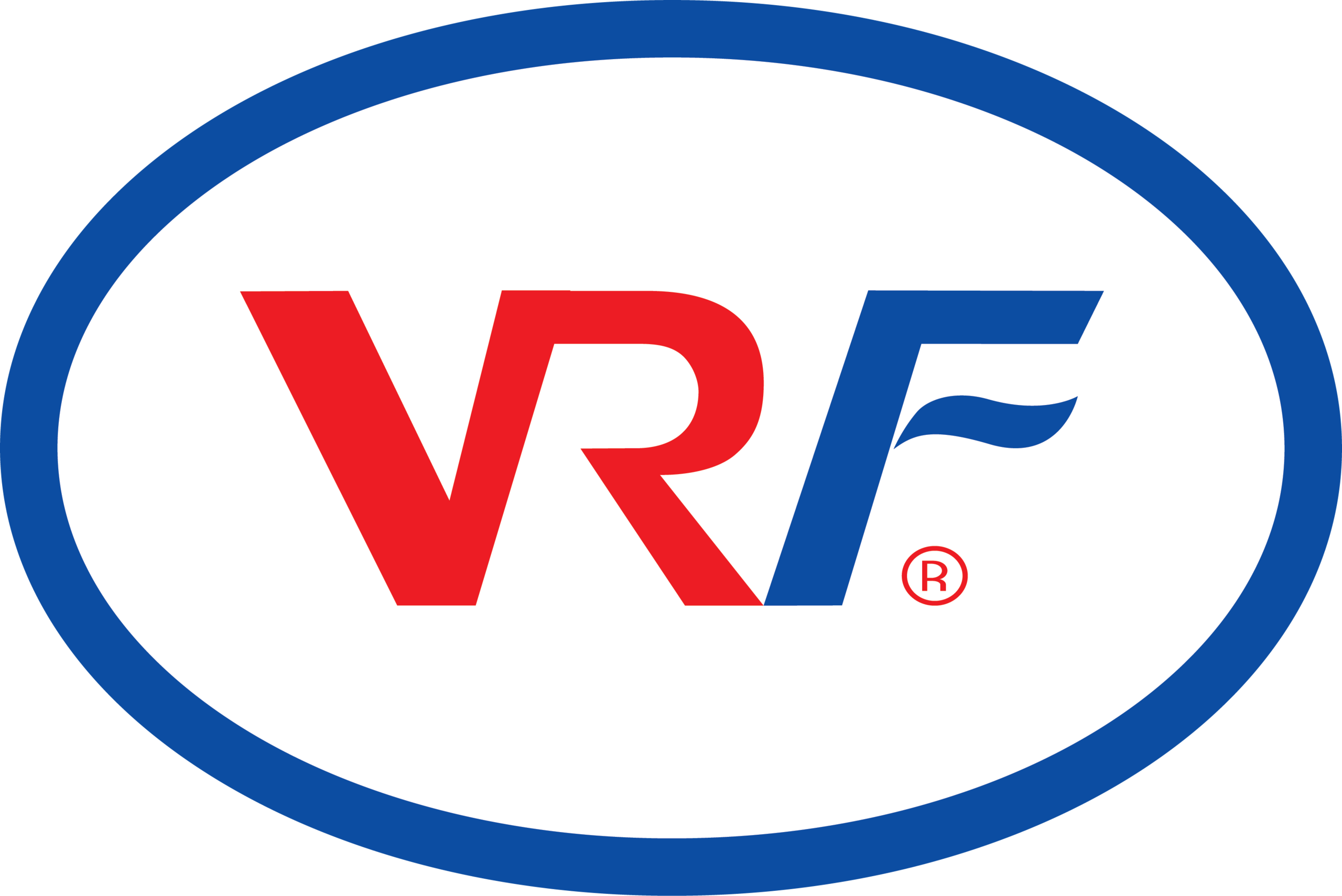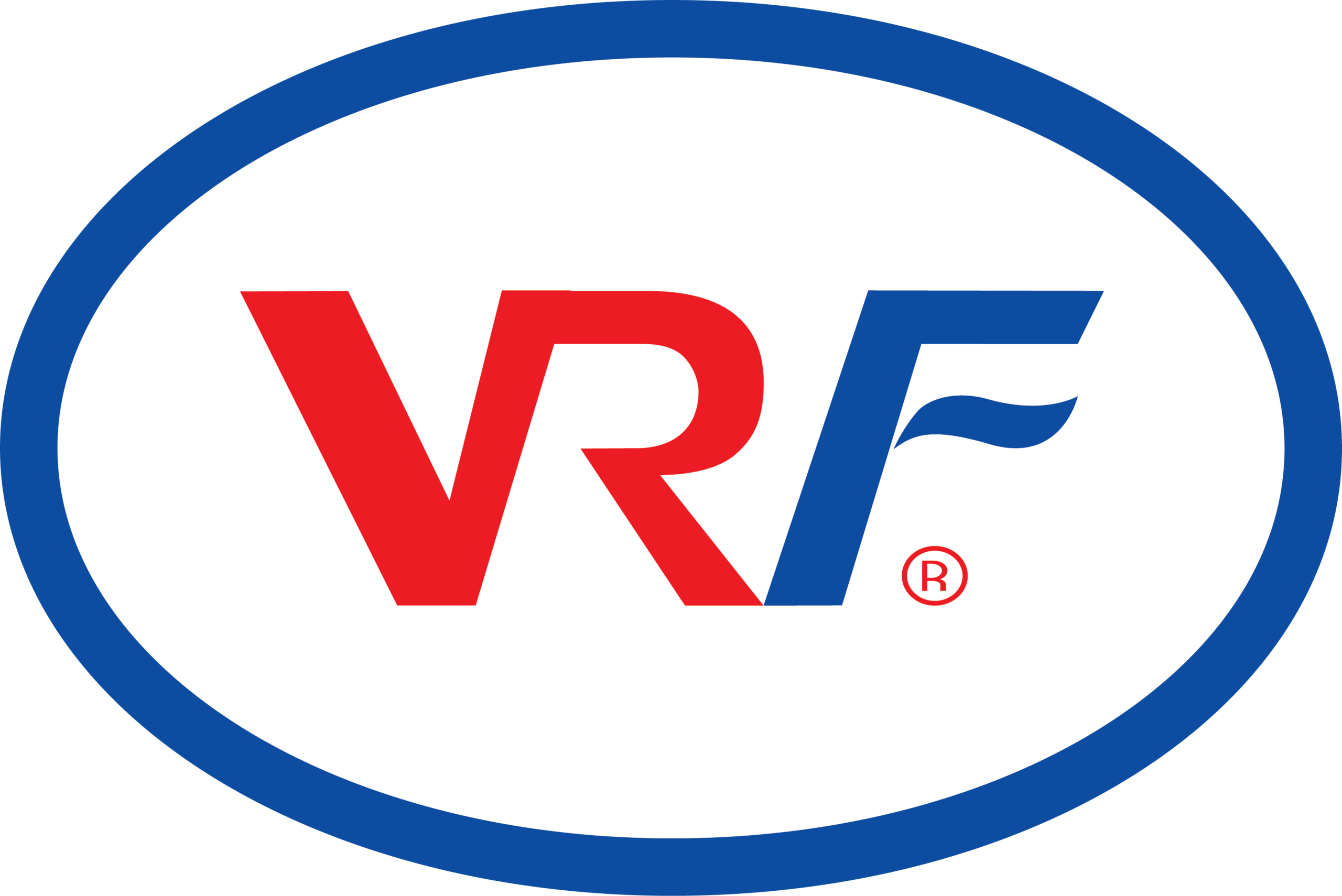The Home Decor and Accessories Market has become one of the most competitive segments in consumer goods. Brands are not only competing on product quality but also on experience, sustainability, and innovation.
Large-scale players leverage digital marketing, AR visualization, and sustainable design partnerships to maintain an edge. Meanwhile, small businesses are thriving by emphasizing craftsmanship and ethical sourcing.
E-commerce continues to be the industry’s biggest game-changer. Online platforms allow consumers to explore and compare styles effortlessly, while influencer marketing bridges the gap between aspiration and affordability.
Sustainability remains a critical differentiator. Companies embracing green supply chains, eco-certifications, and zero-waste packaging are gaining customer trust. Transparency in production processes has become a key selling point.
Customization and data analytics further strengthen brand-customer relationships. Using predictive modeling, companies can anticipate consumer preferences and create tailor-made décor solutions.
An overview of Home Decor and Accessories Market competitive landscape reveals that innovation speed, design diversity, and sustainability commitments define long-term success. As digital transformation accelerates, those who integrate aesthetics with analytics will lead the next phase of this creative industry.
FAQs
Q1: What are key competitive factors in the home decor sector?
A1: Brand authenticity, sustainable design, user experience, and innovative marketing strategies drive competitive advantage.
Q2: How does customization influence customer loyalty?
A2: Personalized decor fosters emotional connection, encouraging repeat purchases and stronger brand affinity.


